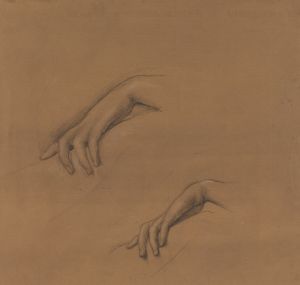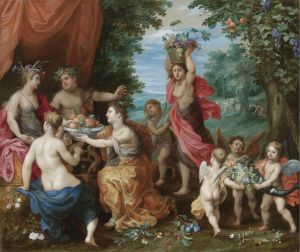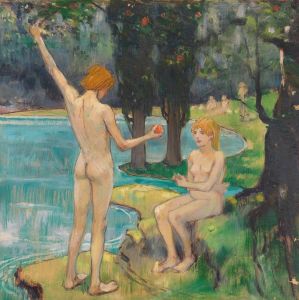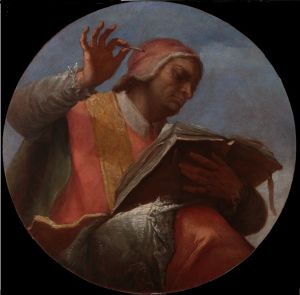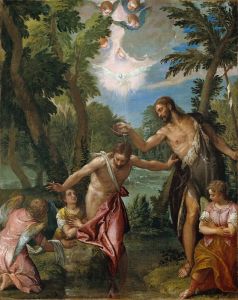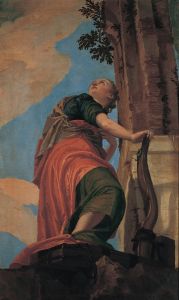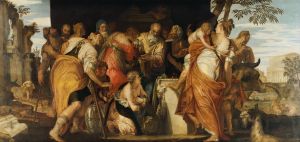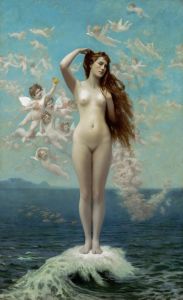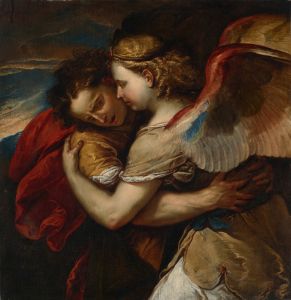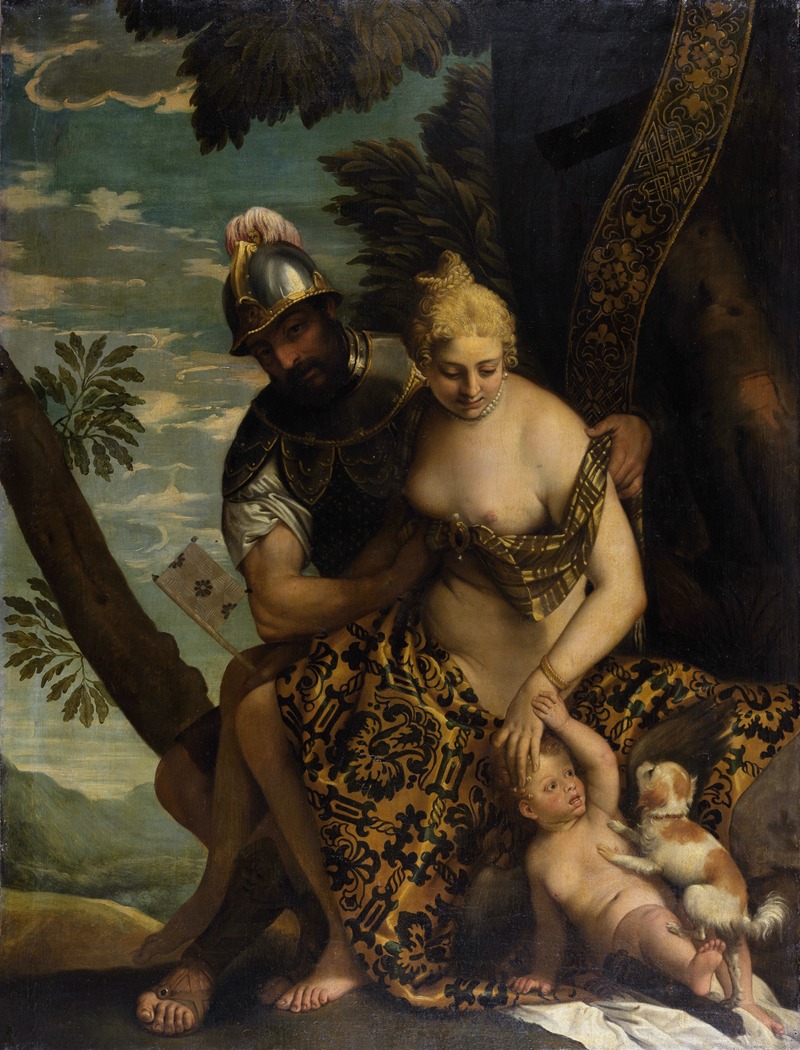
Mars and Venus
A hand-painted replica of Paolo Veronese’s masterpiece Mars and Venus, meticulously crafted by professional artists to capture the true essence of the original. Each piece is created with museum-quality canvas and rare mineral pigments, carefully painted by experienced artists with delicate brushstrokes and rich, layered colors to perfectly recreate the texture of the original artwork. Unlike machine-printed reproductions, this hand-painted version brings the painting to life, infused with the artist’s emotions and skill in every stroke. Whether for personal collection or home decoration, it instantly elevates the artistic atmosphere of any space.
Paolo Veronese, one of the most prominent painters of the Italian Renaissance, is celebrated for his grand compositions and vibrant use of color. Among his works is the painting Mars and Venus, which depicts the Roman gods of war and love, Mars and Venus, in a scene that reflects Veronese's mastery of allegorical and mythological themes. The painting is believed to have been created during the late 16th century, a period when Veronese was at the height of his artistic career.
The artwork portrays Mars and Venus in a moment of intimacy, surrounded by symbolic elements that emphasize their contrasting yet complementary natures. Mars, the god of war, is often depicted in armor or with military attributes, while Venus, the goddess of love and beauty, is shown in a state of grace and sensuality. Veronese's skillful use of color, light, and texture enhances the emotional and symbolic depth of the scene, creating a harmonious balance between the two figures.
Veronese was known for his ability to integrate classical mythology into his works, often imbuing them with a sense of grandeur and theatricality. Mars and Venus is no exception, as it reflects the artist's interest in exploring themes of love, power, and the human condition through the lens of mythological narratives. The painting also demonstrates Veronese's characteristic attention to detail, particularly in the rendering of fabrics, skin tones, and the interplay of light and shadow.
The exact provenance of Mars and Venus is not well-documented, and its current location is not definitively known. Like many of Veronese's works, it may have been commissioned by a wealthy patron or created for a specific decorative program, as was common during the Renaissance. Veronese's paintings were highly sought after by the Venetian elite, and his works often adorned the walls of palaces, churches, and public buildings.
While Mars and Venus is not as widely recognized as some of Veronese's larger-scale works, such as The Wedding at Cana or The Feast in the House of Levi, it remains an important example of his ability to convey complex themes through the medium of painting. The work exemplifies the artist's technical skill, his understanding of classical mythology, and his ability to create compositions that are both visually stunning and intellectually engaging.
Further research into the painting's history and context may provide additional insights into its creation and significance within Veronese's oeuvre.





